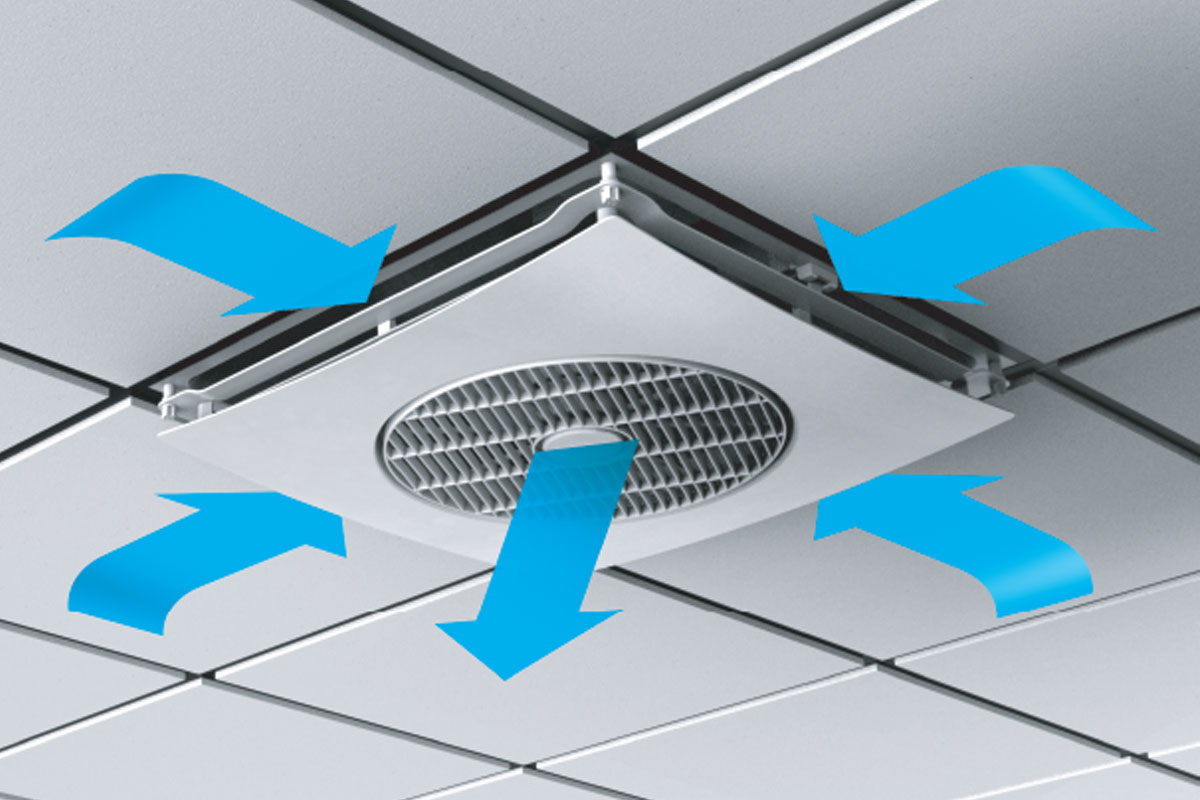
In an era where the quality of our indoor environments has never been more critical, the quest for cleaner, healthier air has taken centre stage. Whether we’re at home, in the workplace, or even at the hospital, the air we breathe plays a pivotal role in our overall well-being. Amidst this growing concern, an innovative technology has been quietly reshaping the way we think about indoor air purification. It’s called “Bipolar Ionization,” and it’s making waves as a ground-breaking solution for air cleaning. You may not be able to see them, but by measuring the Ion levels in a room you can begin to understand the positive effects of bipolar ionization.
We’ve shared some advice about measuring the Ion levels in your building.
Know your Ion levels
Ion levels tend to be higher outdoors than indoors and higher in natural settings than in urban areas. The highest naturally occurring ion levels are typically found near rushing water, at higher elevations, or near waterfalls, and measurements can range in the tens of thousands of ions per cubic centimetre. Indoor ion concentrations (in buildings without ionizers) are typically under 2,000 ions per cubic centimetre.
The elements in play
Indoors, the level of ion concentration will vary from room to room. It will also shift day to day, whether you’re utilising our GPS® NPBI™ technology or not. Facilities with strong air circulation, ventilation, and a lot of electronic equipment tend to have higher baseline ion concentrations. Buildings with higher levels of contaminants and other types of particulate tend to have lower baseline ion counts. Recent thunderstorm activity can increase ion levels as well. Increase Ion Levels with NPBI The ion density per cubic centimetre in any given space depends on a variety of environmental factors; however, ion densities in real-world spaces using NPBI have been observed in the range of 2,000 to over 40,000 total ions per cubic centimetre. GPS will continue to provide information to customers based on previous experiences and findings to assist with installation and to help determine how to best optimise ion density.
How Do I Measure Ion Levels?
To measure the ion density supplied to the room using a hand-held air ion counter, position the sensor approximately 2” from the register and directly within the air stream while the HVAC system is active. Ensure the ion counter is set to “measure mode” and any grounding wire is plugged in to ensure accurate readings. Then hold for at least 30 seconds to determine the range of ions per cubic centimeter. Note: Ion measurements will continuously fluctuate. Ion counters may be set to measure positive (+) and negative (–) ions either separately or combined. GPS technology represents ionization levels as the combined total of + and – ions.







